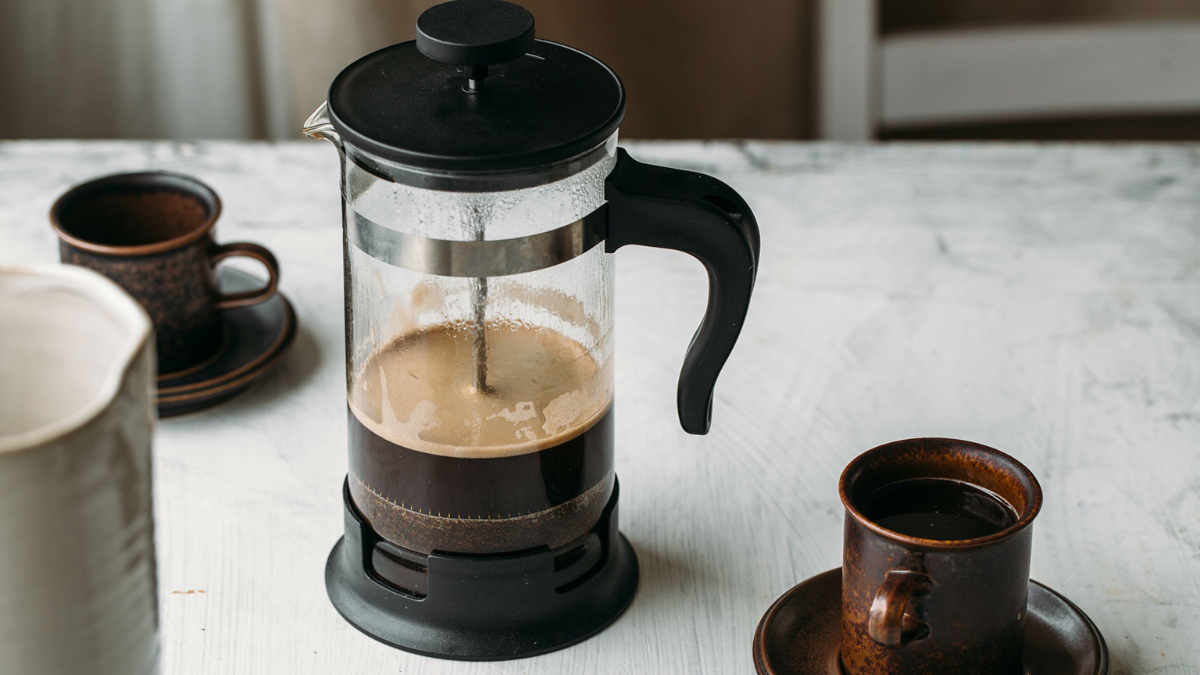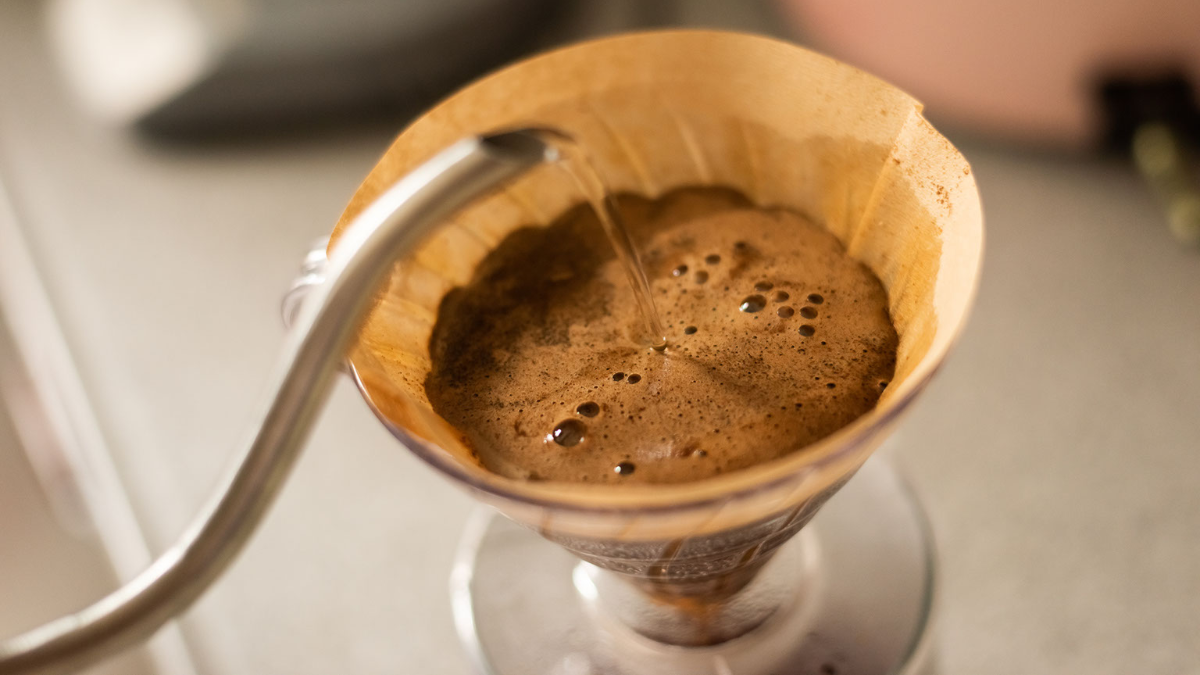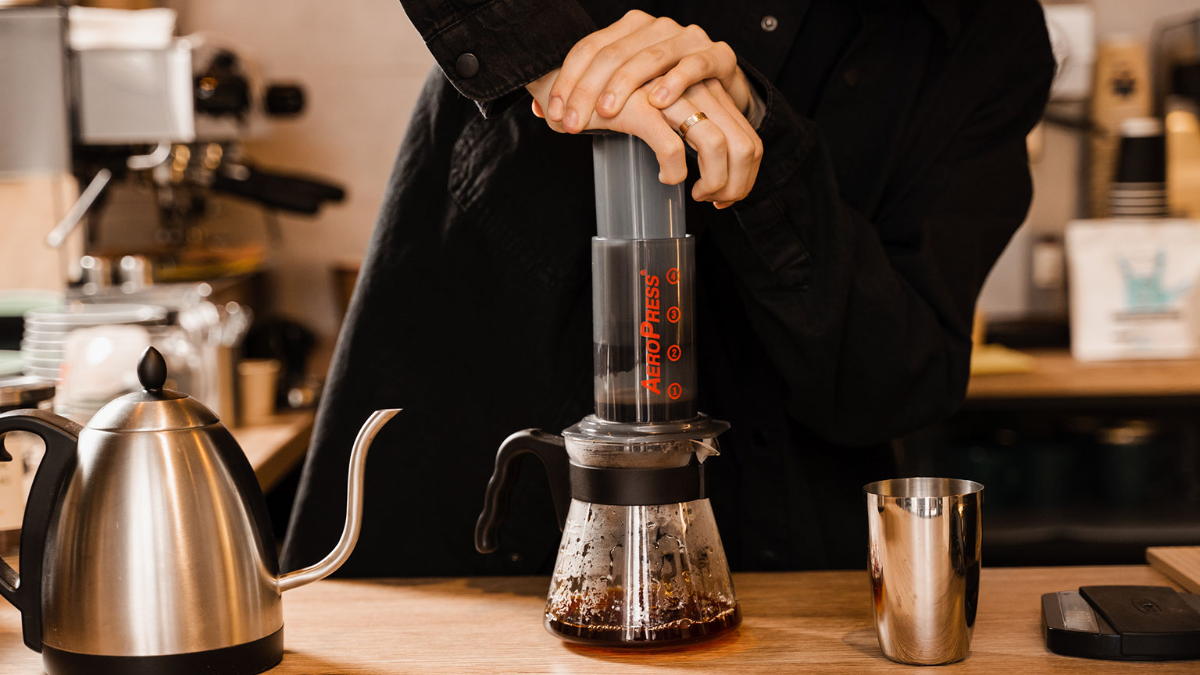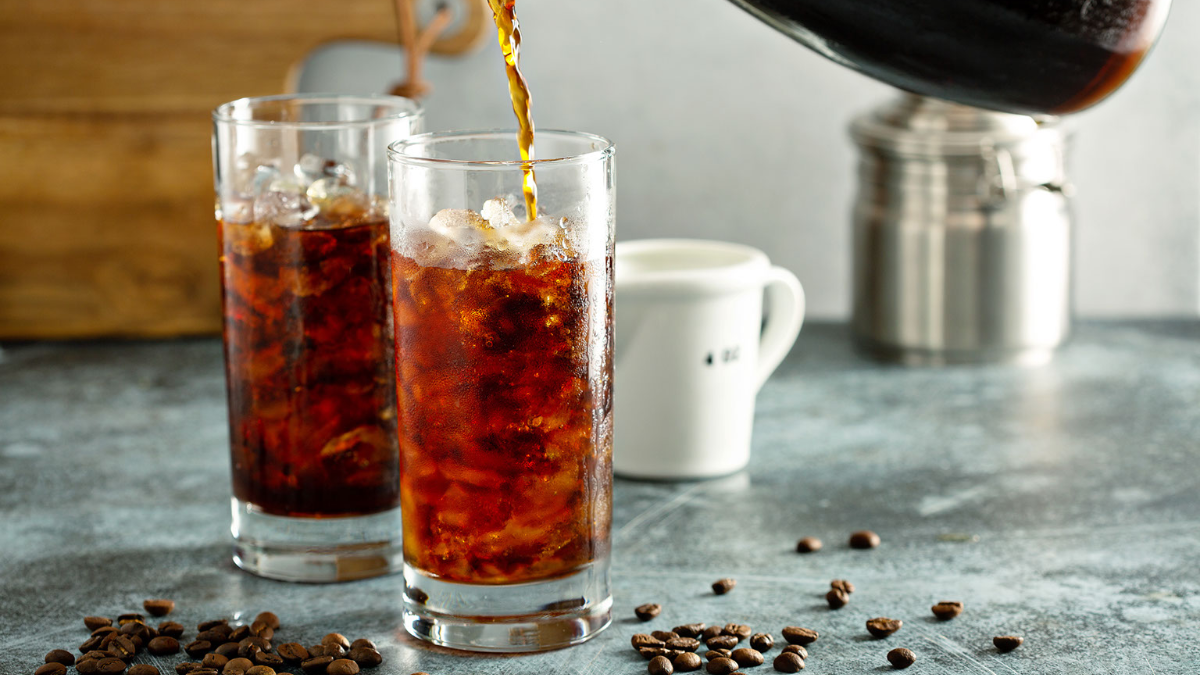At COLUMBIA signature we have those who can’t start the day without a cup of coffee, those who pride themselves on being coffee connoisseurs, and those with a foot in both camps. Wherever you stand on the coffee debate, we are sure you’ll find this blog, exploring the history of coffee and how the different blends are made, fascinating.
Coffee is enjoyed by millions of people on every one of the world’s continents, with Europe being the biggest consumer of all. While in the past people were happy to accept an instant coffee or one that had been stewing for some time, today’s drinkers tend to be a discerning group who relish trying different coffee blends from different regions, sampling the unique flavours and characteristics that each offers.
So, before we get started…. go ahead and make yourself a cuppa as you read all about your favourite drink!
What Affects The Flavour Of The Coffee?
As you would expect, a number of factors will affect the coffee’s flavour from the processing methods to the brewing technique. The starting point will always be the geographical location where the coffee bean is grown as the soil composition, altitude and climate all play their part and contribute to the bean’s unique taste characteristics. Then there are the different processing methods for the coffee cherries: the washed process yields clean, bright flavours; the natural process leaves the cherries to dry naturally and gives a smooth finish; and the honey process which leaves some of the natural sugars around the cherries and leads to coffee which sits somewhere between the other two methods.
Following on from the processing comes the level of roast – the darker the roast, the more rich, smoky and caramelised the flavour. Then comes the blending where experts will combine beans from different regions and origins to achieve a balance of acidity, body, sweetness, and bitterness leading to a unique flavour profile. Finally the brewing technique will also play its part – this includes water temperature, extraction time, and grind size; all of which influence the taste, strength and overall drinking experience.
Why Is Specialty Coffee So Expensive?
Any coffee which scores more than 80 points on the Specialty Coffee Association’s scale will command a higher price tag, but there are several factors which contribute to that price.
Specialty coffee relies on an unwavering commitment to quality, which means that roasters will spend time developing direct relationships with coffee farmers so that they can ensure fair pricing, sustainable processes and also support for the local community. Specialty coffee also depends on a more labour-intensive picking and processing method which involves selecting, often by hand, only the ripest cherries. This in turn leads to a limited supply where quality supersedes quantity and that, combined with the high demand for these premium cherries, increases the price. Furthermore, it is frequently from a single source and hasn’t been blended.
When it comes to roasting, this again requires a higher level of expertise to make sure that the flavour is nuanced and carefully crafted. Finally, specialty coffee often undergoes rigorous control measures and certifications to ensure that it is up to standard, all of which cost the producers money.
Preparing Coffee At Home
While many coffee drinkers have their favourite coffee house where they can be sure of getting a cup that will satisfy their taste buds, it is possible to achieve similar results at home if you take care and buy the correct equipment. Here are some to choose from…
French Press/ Cafetière

Just place your coarsely ground coffee into the press, top up with water and steep for a few minutes. Finally plunge the press and pour slowly for a full-bodied cup of coffee.
Pour-over/ Filter

Place a filter in your pour-over brewer, add medium-fine coffee grounds and pour hot water in a circular motion, allowing the coffee to filter through.
Espresso Machine

Invest in a quality espresso machine for concentrated and robust coffee. Grind fresh beans, tamp them into the portafilter and then enjoy a shot of espresso.
AeroPress

This is a portable device that combines the properties of French Press and espresso brewing, resulting in a smooth coffee.
Cold Brew

Steep coarsely ground coffee in cold water for 12 to 24 hours. Strain then serve over ice for a chilled and low-acid coffee.



